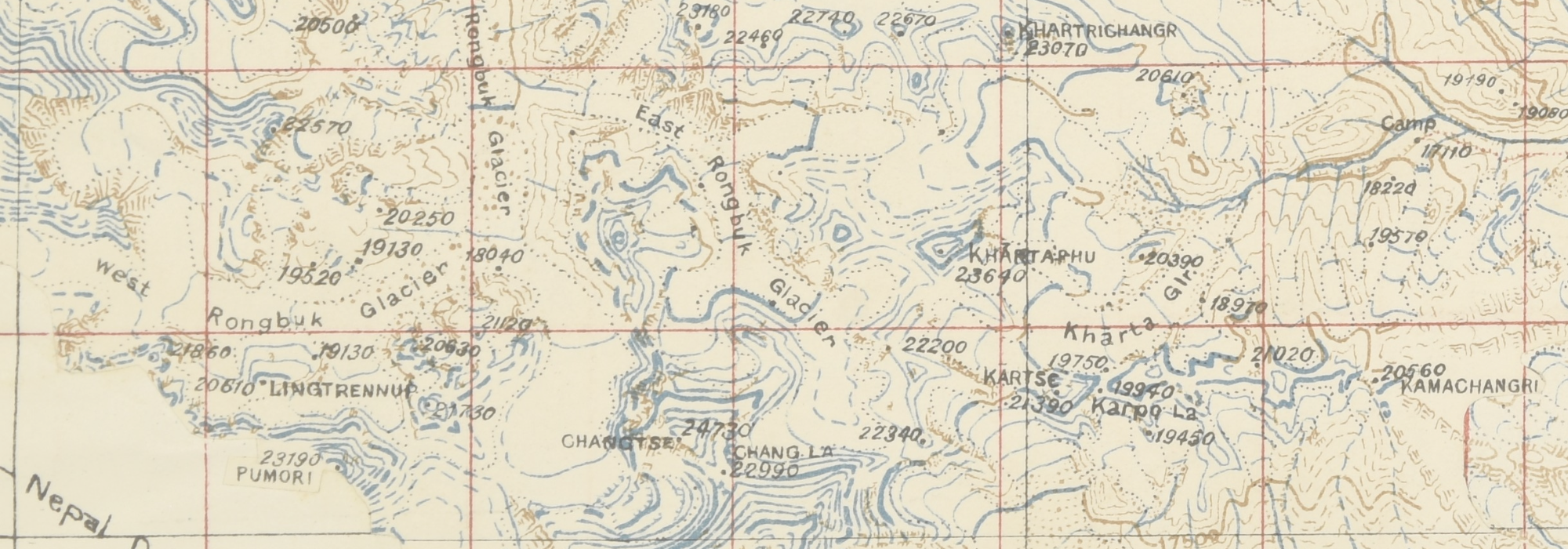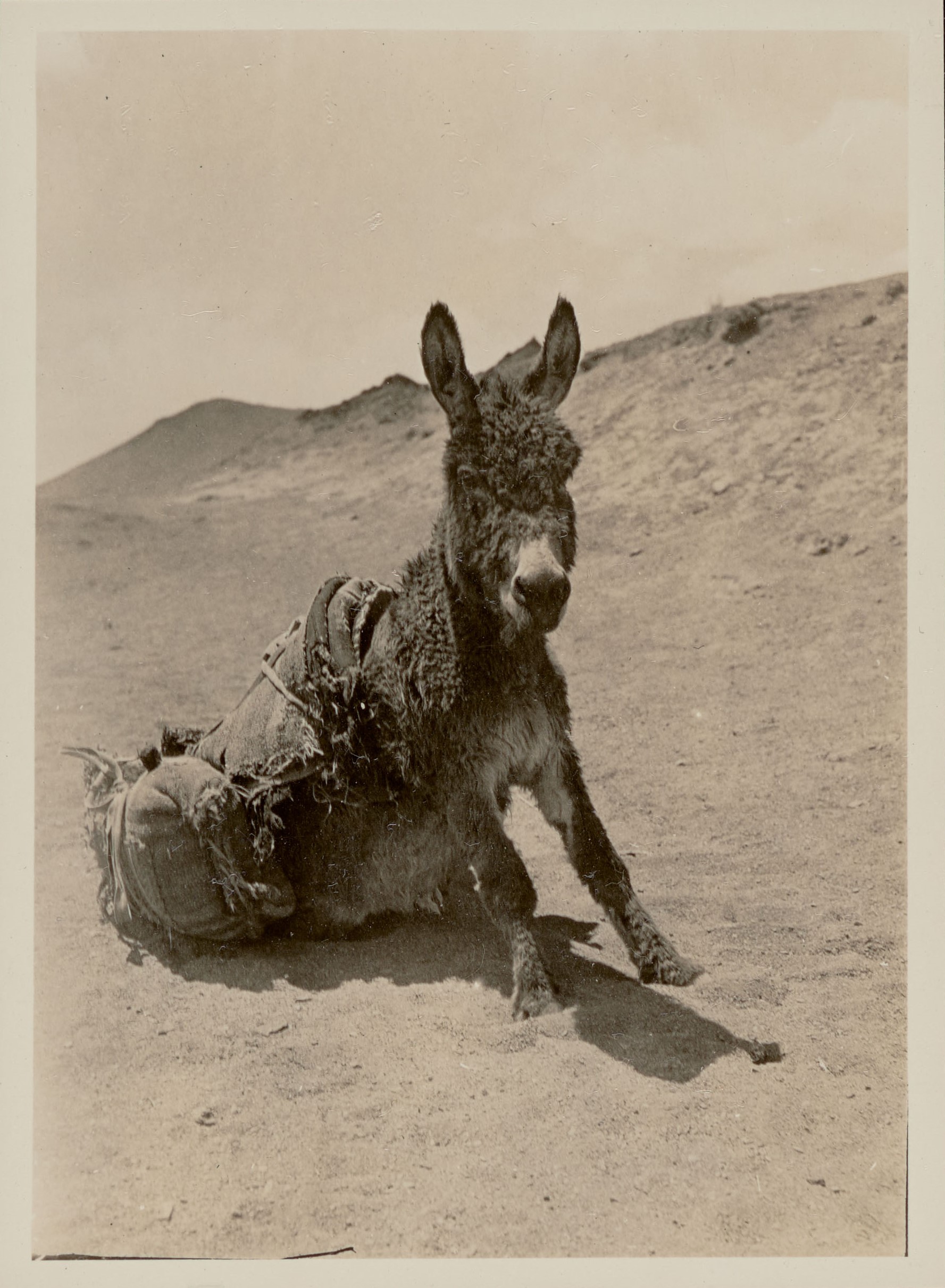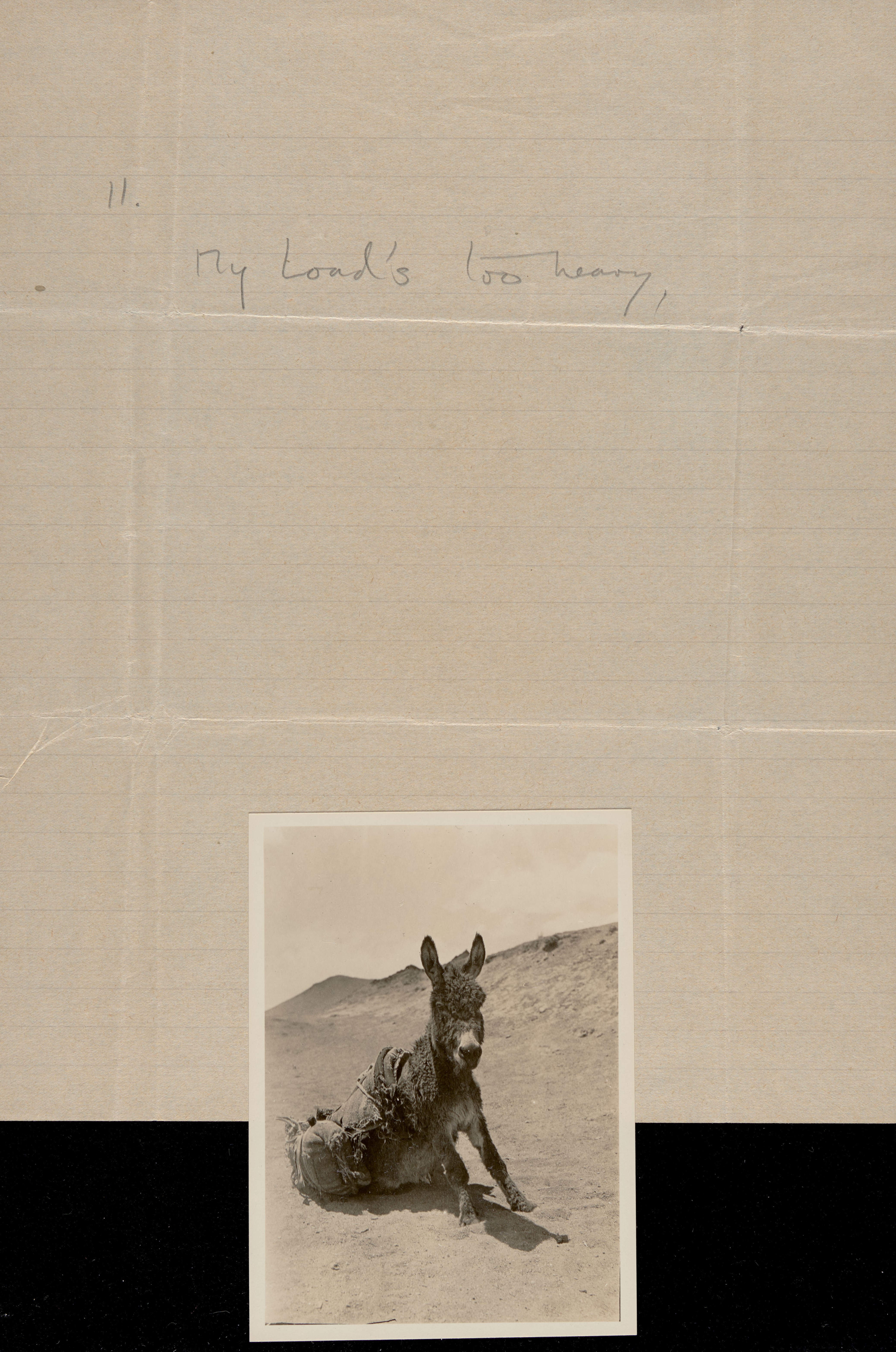
The Expedition leaves Darjeeling
26th March 1924

In the 1920s the only way to get to Everest was to trek from Darjeeling. The Nepalese border being closed to foreigners, the only possible approach to the mountain was across the Tibetan plain, a march of some 350 miles. There were no proper roads so that the assistance of motorized vehicles was out of the question. Everything the expedition would need for the march in the way of equipment and, for the great part, food had to be carried by pack animal. The route took the expedition from Darjeeling to Kalimpong, a hill station and the last town encountered before entering Sikkim; through the steaming valleys of Sikkim to the Jelap La pass (14,500 feet) which is the border between India and Tibet.
From there the route leads down into the beautiful Chumbi Valley to Phari and thence onto the Tibetan plain, at a constant altitude of about 14,000 feet, with passes to be crossed at regular intervals, often three in a day at over 17,000 feet. Each team member was permitted a pair of mules to carry their baggage and each mule could be loaded with 160 pounds of kit but that had to include their own tent, which weighed sixty pounds. This left 260 pounds to be distributed between suit and ice axe cases and Sandy’s very heavy tool kit and cameras.

Sandy developed a cassette of pre-cut film, sending the negatives back to his sister Evelyn. Each negative was wrapped in a piece of paper with an explanation of the subject.